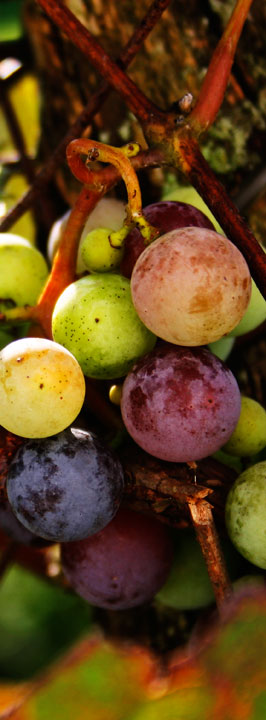Vineyards
by Joshua Heston
Prior to 1920, acres of wine grapes were growing well across the Ozarks, their cultivation helped along by the knowledge of an extensive European immigration. It was a beautiful, sustainable crop.
Prohibition changed all that.
Honorable vineyard owners went out of business. Bootlegging flourished.
By 1950, it was the moonshine of the dark mountain cove — not wine from the sunny Upper Ozarks — that would define the mountain region.
Laws were repealed but replanting of the vineyards slow.
Today, a number of rolling Ozark hills are known for their viticulture, including the area of St. James, Missouri, in Gasconade County.
The area isn’t hard to spot. Along I-44, there is a grape stand waiting for brave August customers willing to stop alongside the interstate.
Tontitown, Arkansas, and Hollister, Missouri, both proudly host annual grape festivals.
Wineries have developed, particularly in the “Missouri Rhineland” district in the region of the Osage and Missouri Rivers, bringing urban, California-style wine tours to the Ozarks.
Grape cultivation in these hills has come a long way since the 1920s.
And the old Ozark hills are once again flush with ripening grapes every August.
March 7, 2010








